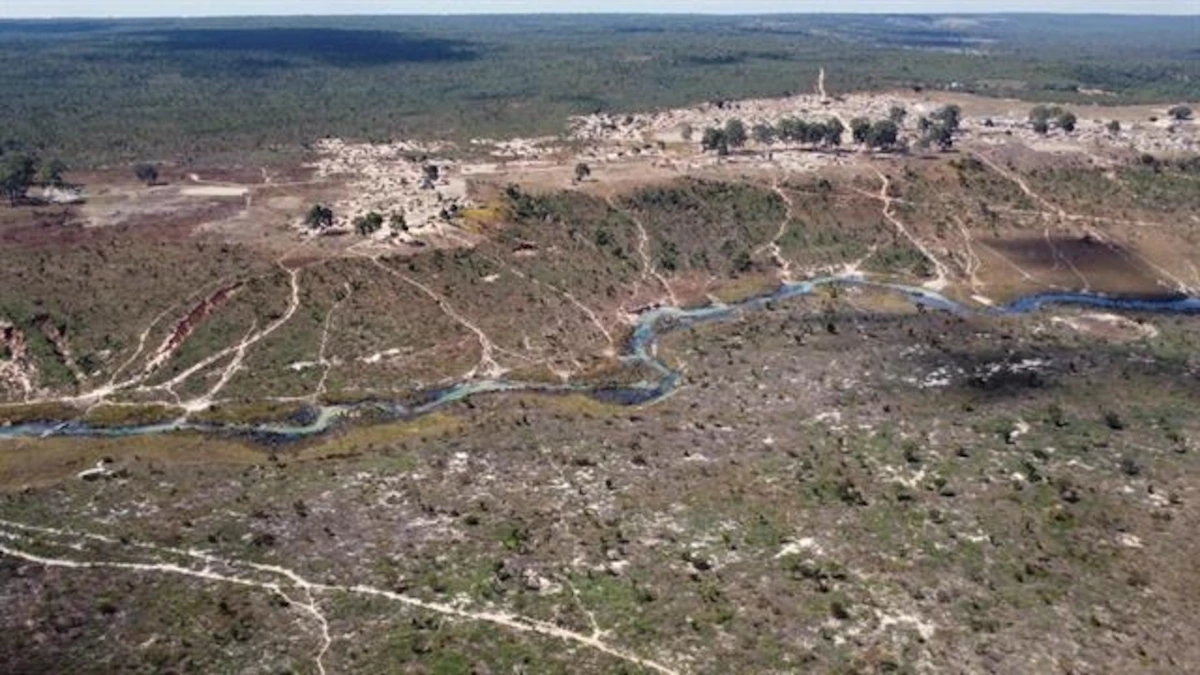From eastern Angola down to northern Botswana, local communities have been living in harmony with the landscapes around them. Meet the people who are helping these guardians of the Okavango to navigate the encroaching pressures of the modern world.
National Geographic CreativeWorks
From the capital city of Luanda, it’s a five-day drive into eastern Angola’s Moxico Province to reach the source waters of the Okavango Delta. Our convoy is headed to a makeshift base camp on the bank of the Lungwevungu River (one of many that form the Okavango-Zambezi water tower), where a team of scientists plans to set off and survey. Our arrival is expected, and the welcome is warm, but one individual is greeted like an old friend. Kerllen Costa, the country director in Angola for the National Geographic Okavango Wilderness Project (NGOWP)—the leader of this expedition and an Angola biologist—unfolds himself from the back of a Land Cruiser to greet a community he’s gotten to know so well. “My involvement in conservation is actually because of people,” Costa says. “It’s the fascination of how people interact with their surroundings, with their natural resources.” Relationships built over several years among local communities here―in villages, in the bush, around fires―have allowed Costa into their world. “These people haven’t shifted to a modern way of existence, they are still existing the same way their previous generations have.”
As the team moves farther into the Tempué region (named so for the biggest village that sits deepest in the area) Costa elaborates on how a growing collaboration with the people here is informing Okavango Eternal—a partnership between the National Geographic Okavango Wilderness Project and diamond company De Beers—on how best to preserve the ecosystem. Traditional ways of living within these communities are inherently sustainable because they are based on only taking what is needed from the surrounding environment—small-scale agriculture, subsistence hunting, harvesting honey from wild bees. “That’s the definition of a true guardian,” says Costa. “Someone who is in tune with their environment, and is only using it [sustainably] for their own sustenance.”
Through this awareness also comes talk of concern. Remnants of Angola’s civil war remain, mostly in the form of the dilapidated carcasses of old artillery―and landmines. But as the latter are cleared, more of Moxico is opening up to the encroaching pressures of economic development; modernity that village elders worry will undermine traditional ways of living if allowed to continue unchecked. “They will not abandon the concepts of guarding these rivers and forests, and all the knowledge they’ve inherited from their ancestors,” Costa shares while staring into the campfire, or “bush TV,” as it’s affectionally called.
The goal in Angola, then, is to balance the benefits of old and new ways of living for a prosperous, sustainable future. And a promising new project aims to increase production of wild honey. Traditionally, communities here create beehives from tree bark and place them in trees, where they’re naturally colonized by bees. Although beekeeping has been practiced this way for centuries, the method requires the hives to be broken open during harvest, and placing them high in the trees makes it difficult for some members of the community as they need to climb the trees to check their hives. Af

